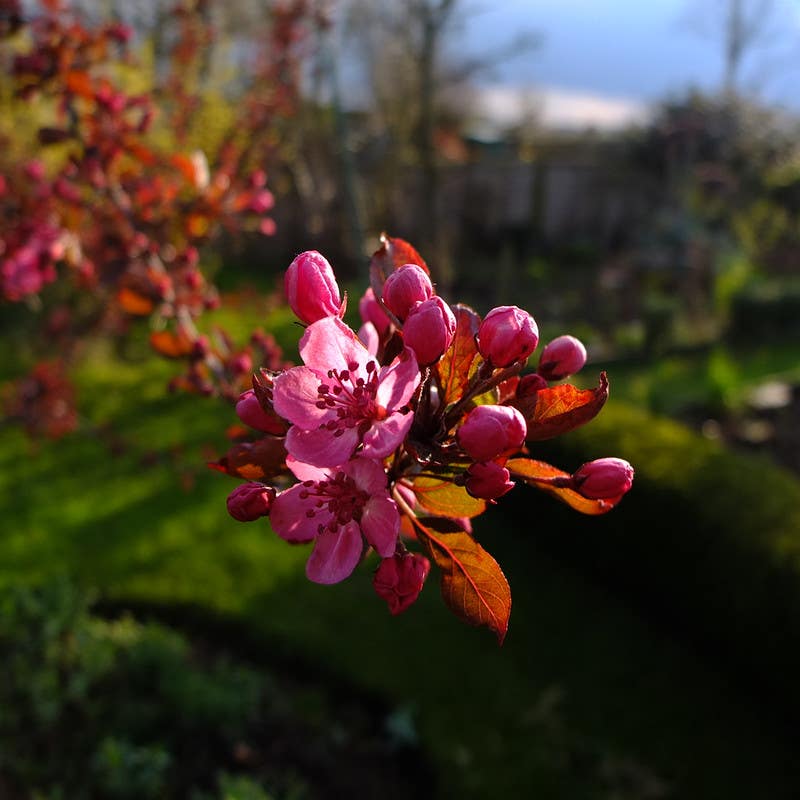How to Estimate Tree Age for a Living Tree
We learn early on that a felled tree’s age can be told by counting the rings within its stump, but what about trees that are still alive and standing? Arborists…
We learn early on that a felled tree’s age can be told by counting the rings within its stump, but what about trees that are still alive and standing? Arborists have a formula for estimating the age of forest-grown trees; we found it at the Morton Arboretum.
The method is this: Determine the species. Measure the circumference of the tree, four to five feet up on the trunk. Divide the circumference by pi (3.14). The answer is the diameter. Compare your tree’s diameter with the chart found in this download from the Morton Arboretum to find the approximate age.
Keep in mind that this formula is based on average growth rates of trees in forests. Trees growing in the open, where they don’t have to compete for water, nutrients or sunlight, may grow faster than forest trees. Therefore, a tree in a suburban back yard may be slightly younger than its circumference suggests.
The Morton chart lists mostly oaks and ash species. For help in tree age for other species, check out this page from About.com. It relies on the same formula, but it lists additional species and another mathematical step: forestry.about.com/od/silviculture/a/Estimating-A-Trees-Age.htm.
Image credit: Mekdet/Moment/Getty Images







